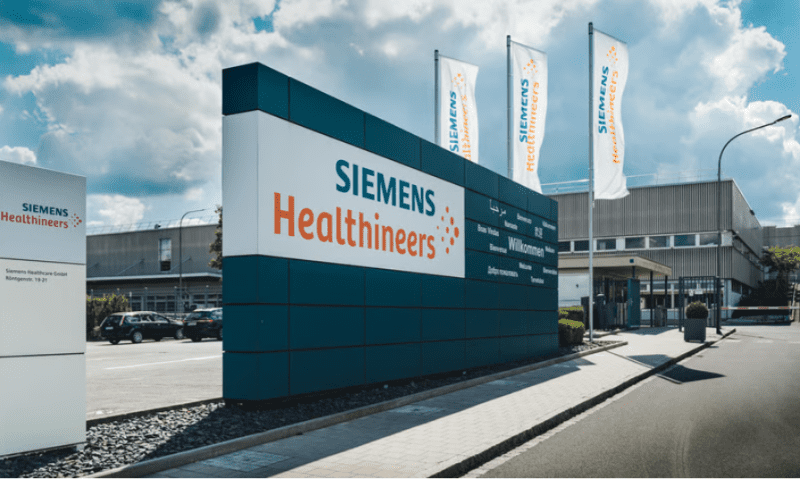Siemens Healthineers plans to shrink down its diagnostic testing division, promising a “leaner organization and footprint” by 2025 in the face of increases in supply chain costs, device shortages and inflation, as well as revenues lost to ongoing COVID-19 lockdowns.
With a portfolio encompassing laboratory instruments and assays as well as IT and automation services, Siemens has set a goal of saving 300 million euros in the coming years, or about $301 million U.S., in addition to seeing “significant complexity reduction” among its various lines of products.
“In diagnostics, we have come to the conclusion that the dramatically changed macroeconomic environment demands immediate and comprehensive measures,” CEO Bernd Montag said during the company’s fourth quarter earnings call for its 2022 fiscal year.
Those “external headwinds” have “materially outweighed the significant operational improvements we have achieved,” Montag added.
Staff reductions will come with Siemens moving efforts away from what Montag described as less-relevant geographic markets, to instead focus on more strategic regions. According to a report from Reuters, sources told the news wire the plans include cutting jobs and abandoning certain locations.
The company also lowered its revenue estimates for the diagnostics division, and now forecasts between 3% and 5% revenue growth per year until 2025, down from 4% to 6%. And while Siemens hopes to save 300 million euros per year through the reductions, to get there the medtech giant will have to incur one-time costs that could total between 350 million to 450 million euros, Montag said.
Another pillar of the plan is built around the delayed launch of Siemens’ Atellica CI 1900 laboratory testing hardware. Currently under development, the device was unveiled earlier this year and aims to serve as a more-standardized replacement for many instruments in the company’s portfolio.
The automated CI 1900 system is designed for low- to mid-volume labs and can perform up to 1,120 tests per hour using the same reagents and consumables as other devices in the Atellica line, but in a slightly smaller package. Its release was held back partially due to the COVID pandemic, Montag said, but a fully fleshed international rollout is planned for next year.
Once the CI 1900 is shipped, Siemens will start work on removing more than 50% of the platforms from its diagnostic catalog.
“Our portfolio complexity has been a particular burden in the current challenging supply chain environment,” Montag said. “The CI 1900 is a very important piece of the puzzle. It will help us simplify our setup and run a leaner and more clinically focused R&D operation.”
When it comes to support for COVID testing, Montag said the pandemic showed its diagnostic business could scale up again if needed. The company’s coronavirus antigen testing business brought in 1.5 billion euros in the 2022 fiscal year alone.
Meanwhile, the company as a whole posted a full-year revenue record of 21.7 billion euros, up 5.9% over the year before—with similar percentage increases across its imaging and advanced therapies divisions, as well as under its Varian acquisition and, yes, its diagnostics arm.
For the fourth quarter, Siemens’ diagnostics segment’s 1.4 billion euros in revenue amounted to a 0.9% drop when excluding gains from rapid COVID antigen screeners—sales that many companies in the testing industry do not expect to continue over the long-term, but have recently shown to be stickier than previously predicted.

